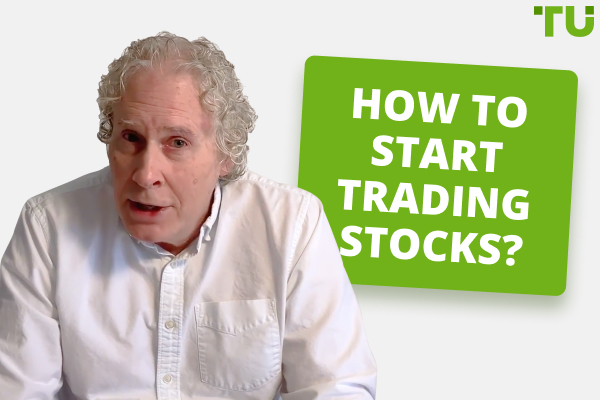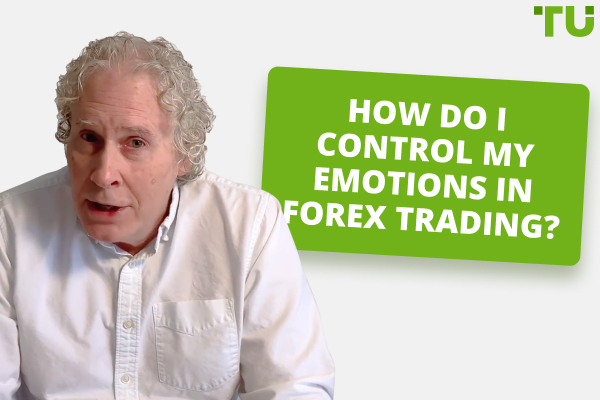Steps to Develop Your Own Forex Trading Strategy
To develop your own Forex trading strategy you should learn fundamentals, choose your trading style, set goals, select analysis tools, backtest, and stay disciplined.
How to Develop Your Own Forex Trading Strategy?
Embarking on the journey of developing your own Forex trading strategy requires careful consideration and a structured approach. Here's a beginner-friendly guide to help you craft a strategy that suits your unique trading style and preferences.
Understand the fundamentals: learn about currency pairs, market analysis, and risk management. Websites like Traders Union offer educational resources.
Choose your trading style: decide between day trading, swing trading, or position trading based on your personality and risk tolerance.
Identify your trading goals: define your objectives, considering factors like time availability and risk toleranc
Select analysis tools: use technical and fundamental analysis to inform your trades, selecting tools that suit your style.
Backtest and refine: test your strategy with historical data, adjust parameters, and adapt to changing market conditions.
Stay disciplined: stick to your plan, manage risks, and avoid emotional decision-making for long-term success.
Top Forex strategies
Explore effective Forex strategies:
Moving Average strategy: utilize moving averages to identify market trends and trading signals. Look for crossovers between different time durations to indicate buying or selling opportunities.
50 pips a day Forex: aim for 50 pips daily using technical indicators on a 15-minute chart. Choose trending currency pairs with tight spreads and confirm entry and exit points with tools like Moving Average and RSI.
Breakout strategy: identify key price levels like support or resistance and wait for breaks. Various types include horizontal, trendline, and channel breakouts, each signaling a shift in market sentiment and potential price movement.
Concluding thoughts
In conclusion, developing your own Forex trading strategy involves a systematic approach, starting with understanding the fundamentals and choosing a trading style that suits your preferences. By following these steps and staying disciplined, you can create a strategy tailored to your individual goals and increase your chances of success in the Forex market.
Crafted with expertise by Johnathan Maverick, a seasoned financial journalist and editor at Traders Union, this guide provides valuable insights for beginners venturing into the world of Forex trading.
Financial Markets Expert
Glossary for novice traders
-
1
Forex Trading
Forex trading, short for foreign exchange trading, is the practice of buying and selling currencies in the global foreign exchange market with the aim of profiting from fluctuations in exchange rates. Traders speculate on whether one currency will rise or fall in value relative to another currency and make trading decisions accordingly. However, beware that trading carries risks, and you can lose your whole capital.
-
2
Fundamental Analysis
Fundamental analysis is a method or tool that investors use that seeks to determine the intrinsic value of a security by examining economic and financial factors. It considers macroeconomic factors such as the state of the economy and industry conditions.
-
3
Swing trading
Swing trading is a trading strategy that involves holding positions in financial assets, such as stocks or forex, for several days to weeks, aiming to profit from short- to medium-term price swings or "swings" in the market. Swing traders typically use technical and fundamental analysis to identify potential entry and exit points.
-
4
Day trading
Day trading involves buying and selling financial assets within the same trading day, with the goal of profiting from short-term price fluctuations, and positions are typically not held overnight.
-
5
Cryptocurrency
Cryptocurrency is a type of digital or virtual currency that relies on cryptography for security. Unlike traditional currencies issued by governments (fiat currencies), cryptocurrencies operate on decentralized networks, typically based on blockchain technology.
Team that worked on the article
Johnathan M. is a U.S.-based writer and investor, a contributor to the Traders Union website. His two primary areas of expertise include finance and investing (specifically, forex and commodity trading) and religion/spirituality/meditation.
His experience includes writing articles for Investopedia.com, being the head writer for the Steve Pomeranz Show, a personal finance radio program on NPR. Johnathan is also an active currency (forex) trader, with over 20 years of investing experience.









